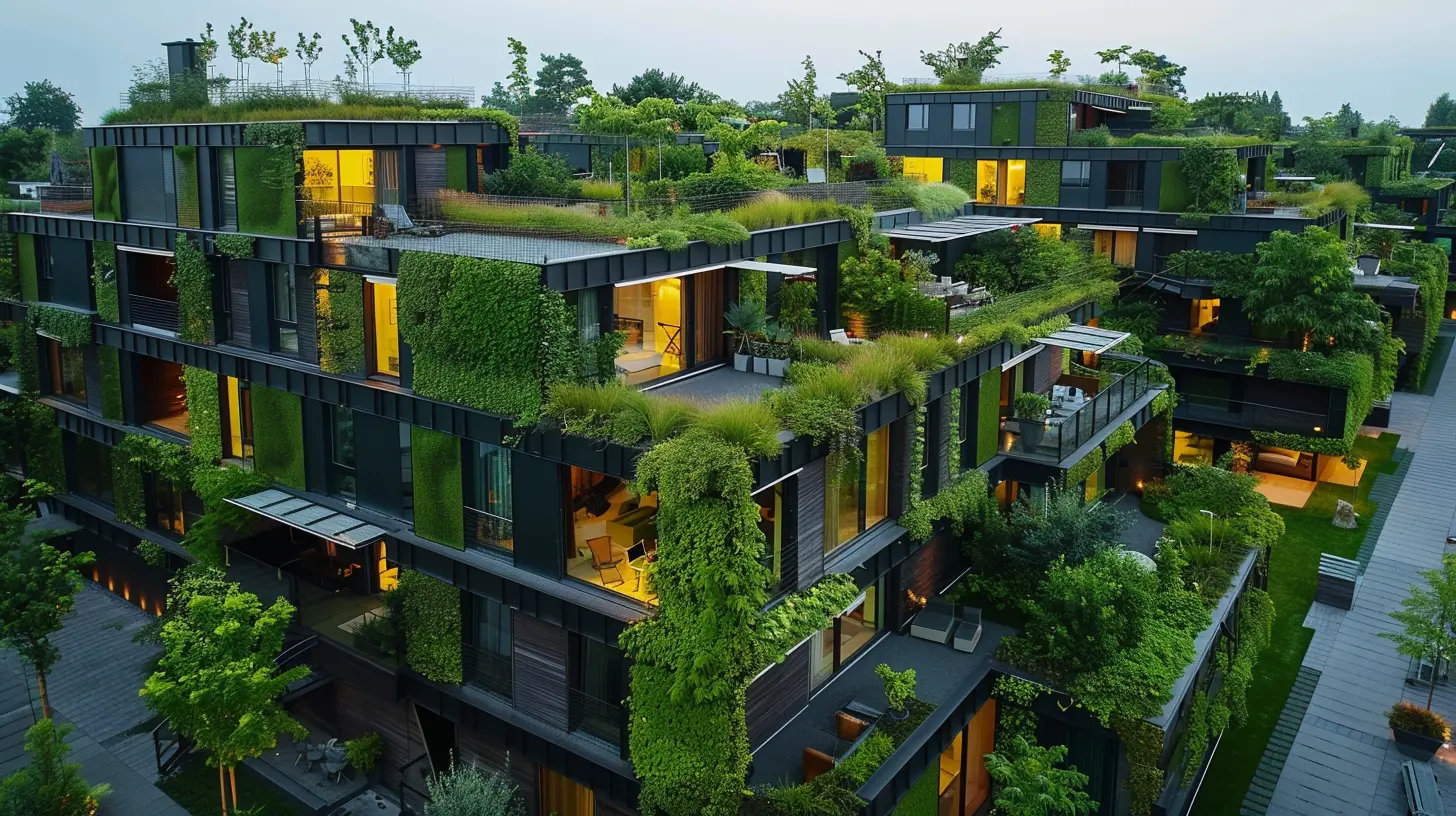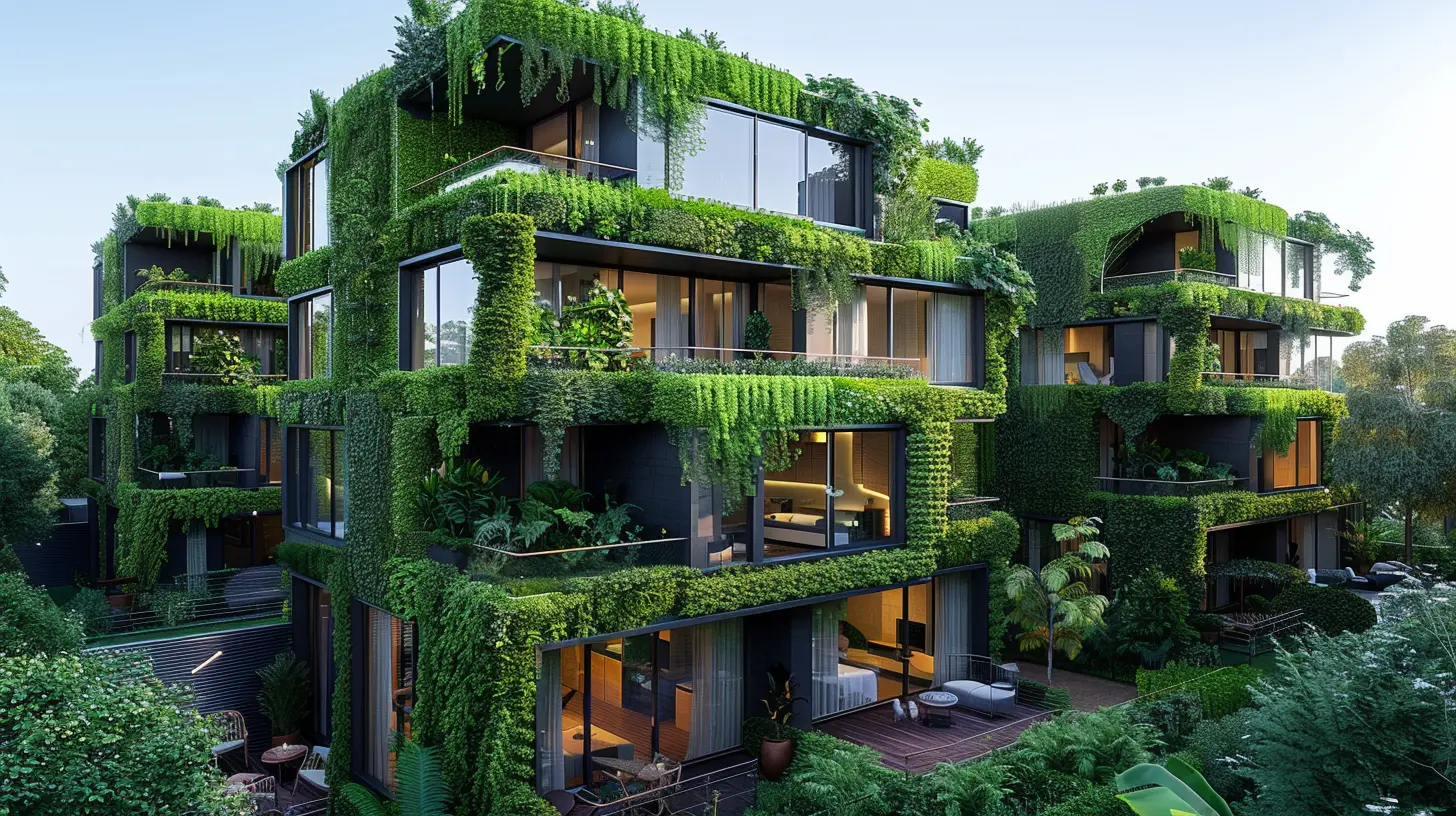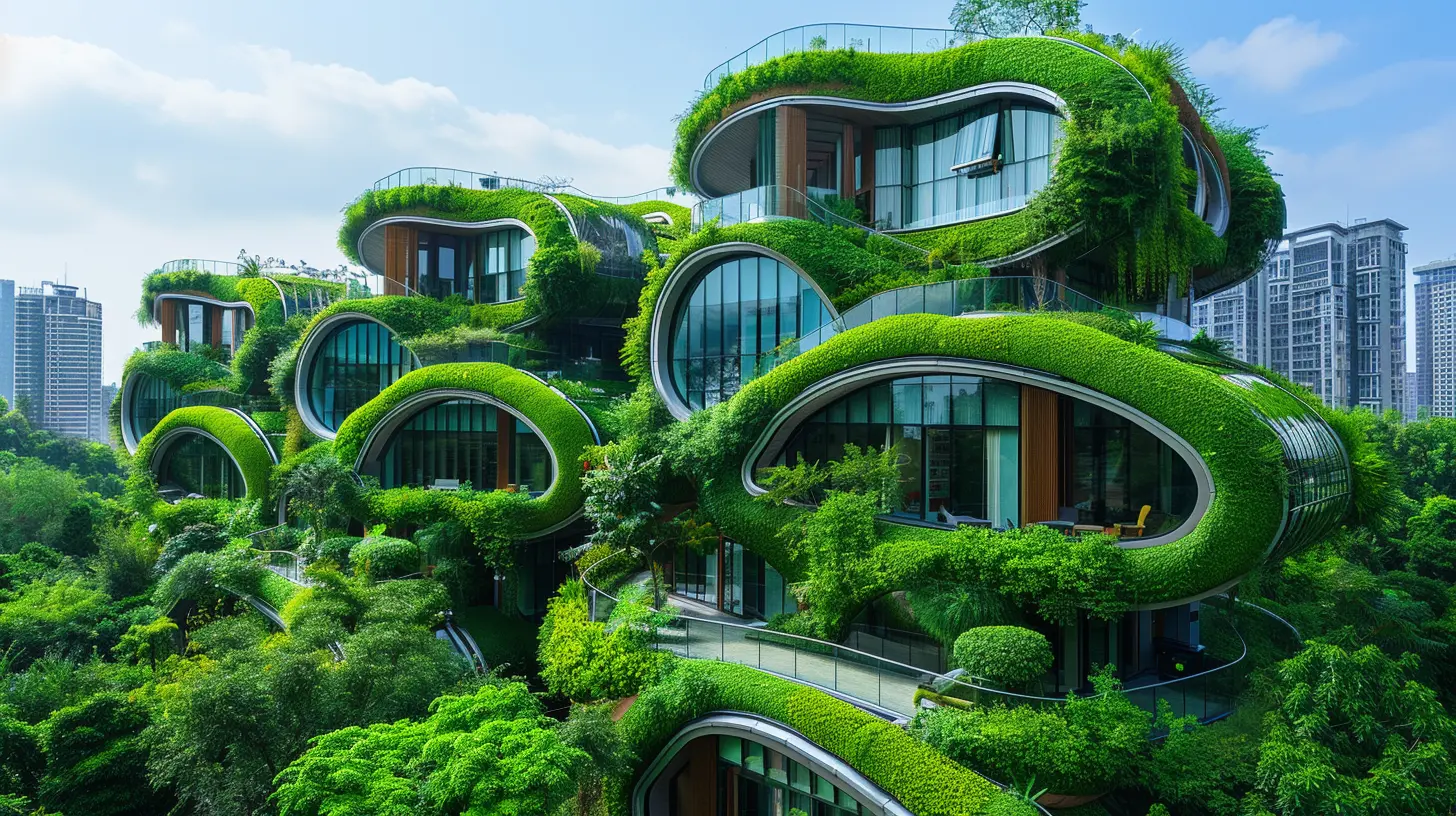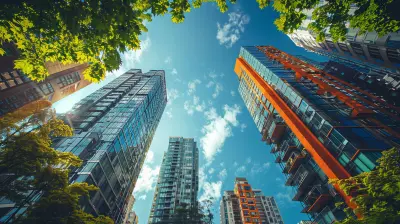The Role of Sustainable Urban Planning in Green Neighborhoods
26 November 2025
Have you ever walked through a neighborhood so lush, so well-designed, that it felt like a perfect blend of nature and urban life? That’s the magic of sustainable urban planning at work. It’s not just about planting a few trees or adding a bike lane—it’s about creating a community where people thrive alongside the environment.
But how do we get there? And why does it matter so much? Let’s dive into the fascinating world of green neighborhoods and the essential role urban planning plays in making them a reality.

What Is Sustainable Urban Planning?
Sustainable urban planning is all about designing cities and neighborhoods in a way that balances economic growth, environmental health, and social well-being. In simpler terms, it’s building for the future without wrecking the planet.We’re talking about walkable communities, energy-efficient buildings, renewable energy sources, and plenty of green spaces. Think of it as a roadmap to a cleaner, healthier, and more livable world.
How Does It Differ from Traditional Urban Planning?
Traditional urban planning often prioritizes expansion—more roads, more buildings, more concrete. It doesn’t always consider how these elements impact the environment or people's well-being.Sustainable urban planning, on the other hand, takes the opposite approach. It asks:
- How can we reduce pollution?
- How do we make transportation greener?
- How can we incorporate nature into city life?
- How do we design homes that are energy-efficient?
The answers to these questions lead to neighborhoods that feel more like an oasis than a concrete jungle.

The Building Blocks of a Green Neighborhood
Creating a sustainable neighborhood isn’t just about one big, flashy eco-project. It’s about combining multiple elements that work together harmoniously. Here are the key components:1. Green Architecture & Eco-Friendly Buildings
Ever heard of buildings that practically breathe? That’s what sustainable architecture aims to create. These structures are designed to minimize energy consumption and reduce waste.Some key features include:
- Solar panels to harness renewable energy
- Green roofs covered with vegetation for insulation
- Rainwater harvesting systems
- Smart glass windows that adjust to sunlight exposure
These innovations don’t just save energy—they make homes and office spaces more comfortable and healthier for people living in them.
2. Public Transportation & Walkability
Imagine a city where you don’t need a car to get around, where bike lanes are everywhere, and public transit is so efficient that owning a vehicle seems unnecessary.That’s exactly what sustainable urban planning encourages through:
- Expansive bike lanes and pedestrian-friendly zones
- Electric buses and energy-efficient public transit
- Car-free streets in key areas
Not only does this cut down on greenhouse gas emissions, but it also promotes a healthier lifestyle. Who doesn’t love a scenic walk to work?
3. Green Spaces & Urban Forests
Picture this: Instead of endless highways and towering skyscrapers, your city is home to lush parks, tree-lined streets, and green rooftops.Urban greenery isn’t just about aesthetics—it absorbs carbon dioxide, reduces heat, and improves air quality. More cities are integrating:
- Community gardens
- Rooftop green spaces
- Mini-forests in urban areas
- Tree planting initiatives
These improvements transform neighborhoods into refreshing, vibrant places to live.
4. Sustainable Energy & Water Management
A truly green neighborhood doesn’t waste resources—it maximizes efficiency. Cities are now adopting:- Renewable energy sources like solar and wind power
- Smart grids to distribute electricity efficiently
- Water recycling systems for irrigation and sanitation
- Permeable pavements to reduce water runoff and prevent flooding
By incorporating these solutions, communities become more resilient to climate change while reducing costs for residents.

Why Sustainable Urban Planning Matters
At this point, you might be wondering: Why should I care? The truth is, sustainable urban planning isn’t just about saving the environment—it directly impacts your everyday life.1. Healthier Living Conditions
Let’s be honest: Nobody enjoys breathing in polluted air or being stuck in traffic for hours. Green neighborhoods provide cleaner air, more opportunities for outdoor activities, and less stress from noise pollution.2. Economic Benefits
Think sustainability is expensive? Think again! Energy-efficient homes reduce electricity bills, green spaces increase property values, and well-designed public transportation saves money on commuting costs. In short, sustainability pays off.3. Resilience Against Climate Change
As extreme weather events become more frequent, cities built with sustainability in mind can better withstand floods, heatwaves, and other climate-related challenges. Green infrastructure absorbs excess rainfall, tree cover lowers temperatures, and renewable energy prevents overreliance on fossil fuels.4. Stronger Communities
Ever noticed how people in walkable, green neighborhoods seem happier? That’s because these areas naturally encourage social interaction—whether it’s chatting with a neighbor in a community garden or meeting new friends at a local park.
The Future of Green Neighborhoods
The good news? The shift toward sustainable urban planning isn’t just a dream—it’s happening right now. Cities around the world are taking bold steps to transform into eco-friendly hubs.From Copenhagen’s cycling paradise to Singapore’s lush green skyscrapers, urban planners are proving that sustainability and urbanization can go hand in hand.
What Can You Do?
Even if you’re not an urban planner, you can still contribute to the green movement. Support local policies that prioritize sustainability, advocate for more green spaces in your community, and consider adopting eco-friendly habits in daily life.After all, the future of green neighborhoods depends on all of us.
Final Thoughts
Sustainable urban planning isn’t just a trend—it’s the key to a greener, healthier, and more livable world. Whether it’s energy-efficient buildings, lush city parks, or walkable streets, every small change contributes to creating vibrant neighborhoods that benefit both people and the planet.So next time you step outside, take a look around. What if your neighborhood could be greener, cleaner, and more sustainable? The future of urban living is in our hands.
all images in this post were generated using AI tools
Category:
Green HomesAuthor:

Lydia Hodge

